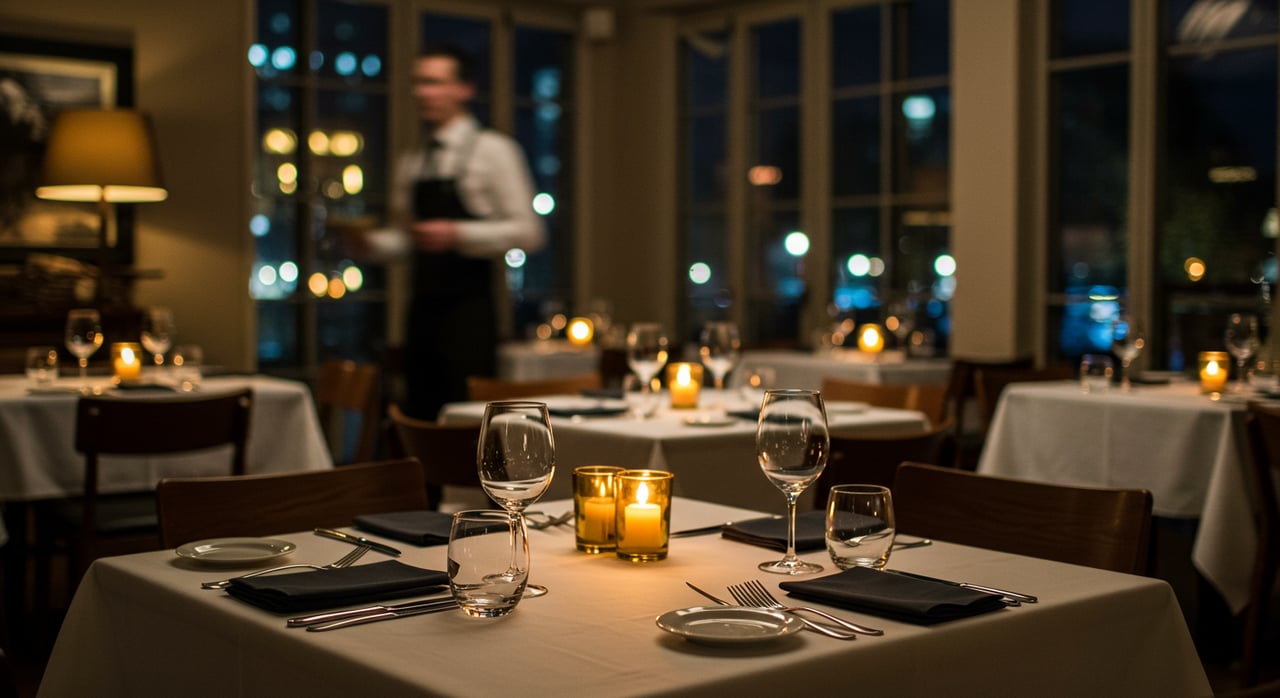St. Paul, Minnesota, seamlessly blends modernity with history, offering a unique charm to residents and visitors alike. The city's rich architectural heritage is a testament to its storied past, making it a dream destination for history buffs and architecture enthusiasts. This article delves into St. Paul's most notable architectural gems and historic districts, highlighting the city's commitment to preserving its heritage while embracing contemporary growth.
FROM OUR BLOG
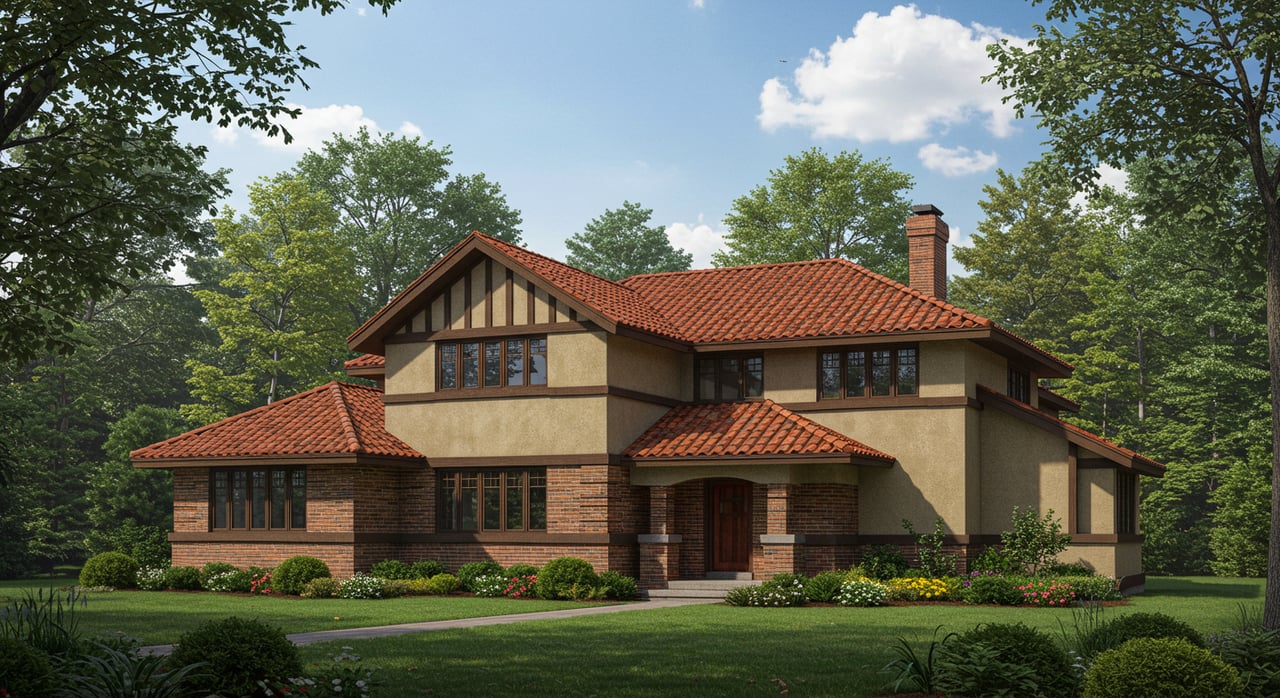
St. Paul's Hidden Gems for Investors: Uncovering Unique Properties & Profit Potential
Discover Lucrative Opportunities: St. Paul's Best Kept Secrets for Savvy Property ...
Read More
St. Paul Real Estate Market Forecast: Predictions for 2025 and Beyond
Exploring trends and opportunities shaping the future of St. Paul’s housing market.
Read More
Best ROI Home Improvements for Your Home
A guide for Twin Cities homeowners on making strategic renovations that deliver th...
Read More
Decoding the Relationship Between Home Age and Market Value
A professional analysis of how the age of a home influences property value and buy...
Read More
Everything You Need to Know About Getting Your Home Inspected Before Selling
How a Pre-Listing Inspection Can Streamline the Sales Process and Build Buyer Conf...
Read More
How to Find a Real Estate Agent
Your Guide to Partnering with the Right Expert for Your Next Move.
Read More
Smart Home Features Every Modern Homeowner Should Consider
How Technology is Redefining Comfort, Efficiency, and Security in 2025.
Read More
Most Googled Questions About Real Estate in 2025
What Buyers, Sellers, and Homeowners Are Asking Right Now.
Read More
8 DIY Home Staging Tips
Proper staging is one of the most important steps toward a successful sale.
Read More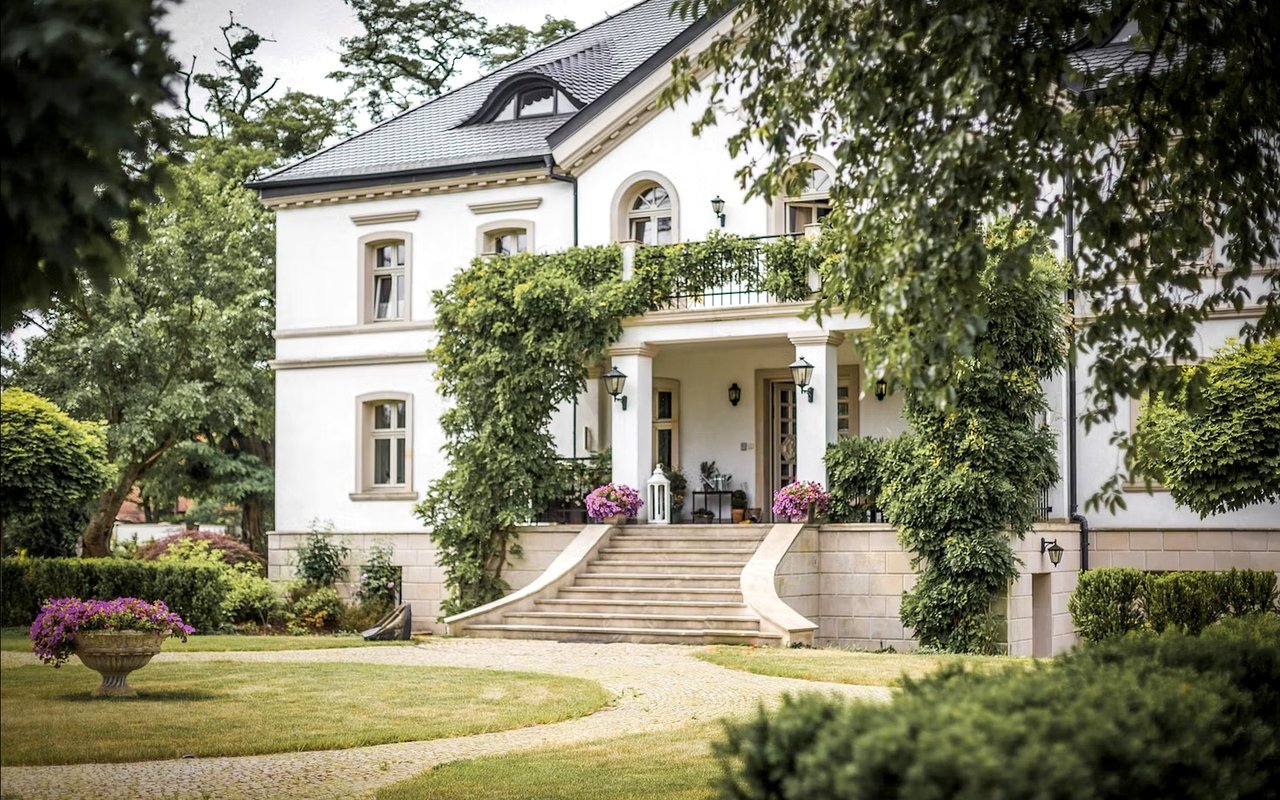
How to Buy a Luxury Home
Your Essential Guide to Securing the Home of Your Dreams in the Twin Cities.
Read More
Green Living in St. Paul: Eco-Friendly Homes & Sustainable Communities
Pioneering Environmental Consciousness in the Heart of Minnesota.
Read More
St. Paul's Nightlife Scene: Homes Near Bars, Clubs & Entertainment
Living it up from sunset to last call.
Read More
What is the Real Cost of Living in Saint Paul?
Make sure you know the specifics before moving to this iconic area.
Read More
Revitalization & Renewal: Exploring St. Paul's Up-and-Coming Districts
Discover the Transformative Neighborhoods Shaping the Future of St. Paul, MN.
Read More
The Ultimate Guide to Home Inspection Before Buying
Key Insights to Protect Your Investment and Prepare for a Confident Purchase.
Read More
Buying Commercial Property For Beginners: How To Start
Step-by-step guidance to navigating the commercial property market with confidence.
Read More
The Science of Color: How to Choose Paint Tones for Every Room
Unlock the Power of Color to Transform Your Home's Ambiance.
Read More
The Differences Between Buying A Second Home vs Investment Property
What You Need to Know Before Expanding Your Property Portfolio.
Read More
Fitness Centers and Gyms in Mendota Heights, MN
Explore a Variety of Fitness Options for All Levels and Lifestyles.
Read More
Real Estate Financing 101: Understanding the Basics
Your Guide to Navigating the World of Home Financing in St. Paul, MN.
Read More
Build Your Dream Home Coffee Bar in Sunfish Lake, MN
Creating a Cozy, Functional Space for Coffee Lovers.
Read More
Best Interior Design Tips for St. Paul, MN, Homes
Transform Your Space with Style and Function.
Read More
Ways to Finance a Luxury Real Estate Investment
Navigating High-End Investments: Smart Strategies for Funding Your Luxury Real Est...
Read More
The Ultimate Guide to Flipping Houses in Sunfish Lake, MN
How to Profit from Renovating and Selling Homes in a Prestigious Market.
Read More
The Sustainable Home: Eco-Friendly Renovations for St. Paul Homes
Simple Green Upgrades to Make Your St. Paul Home More Eco-Friendly.
Read More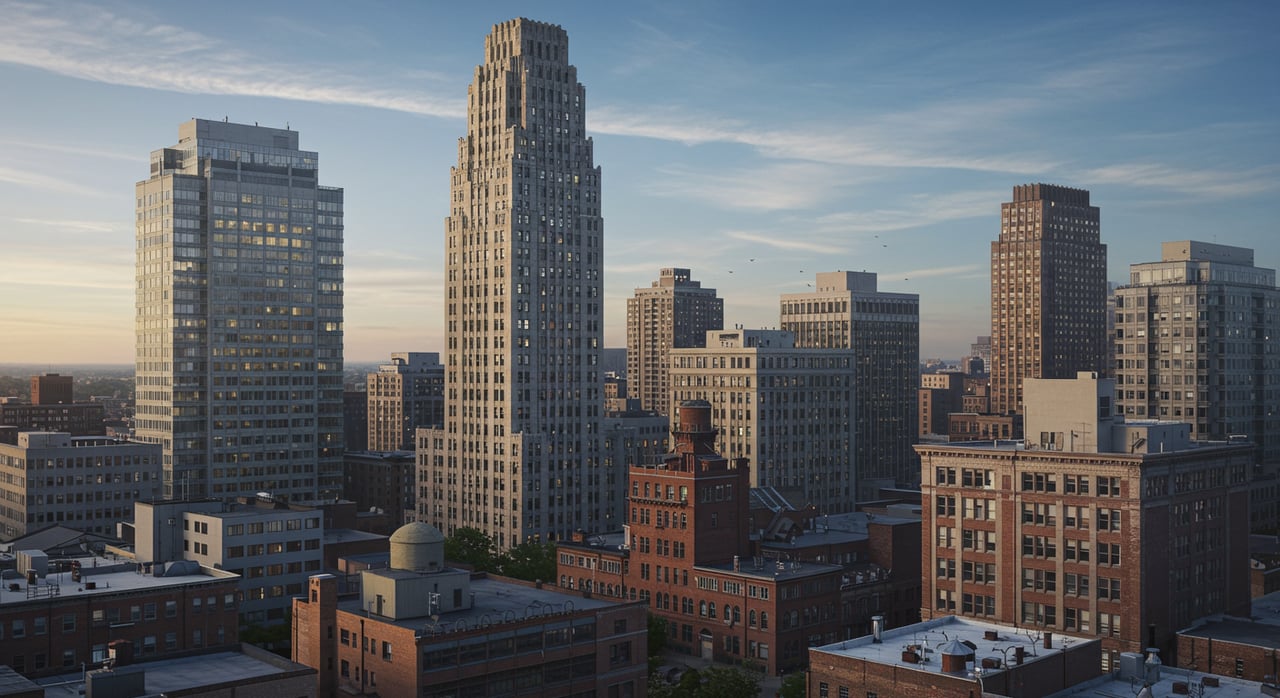
St. Paul vs. Minneapolis: Choosing the Right City for You
Making an informed decision between the Twin Cities' unique lifestyles.
Read More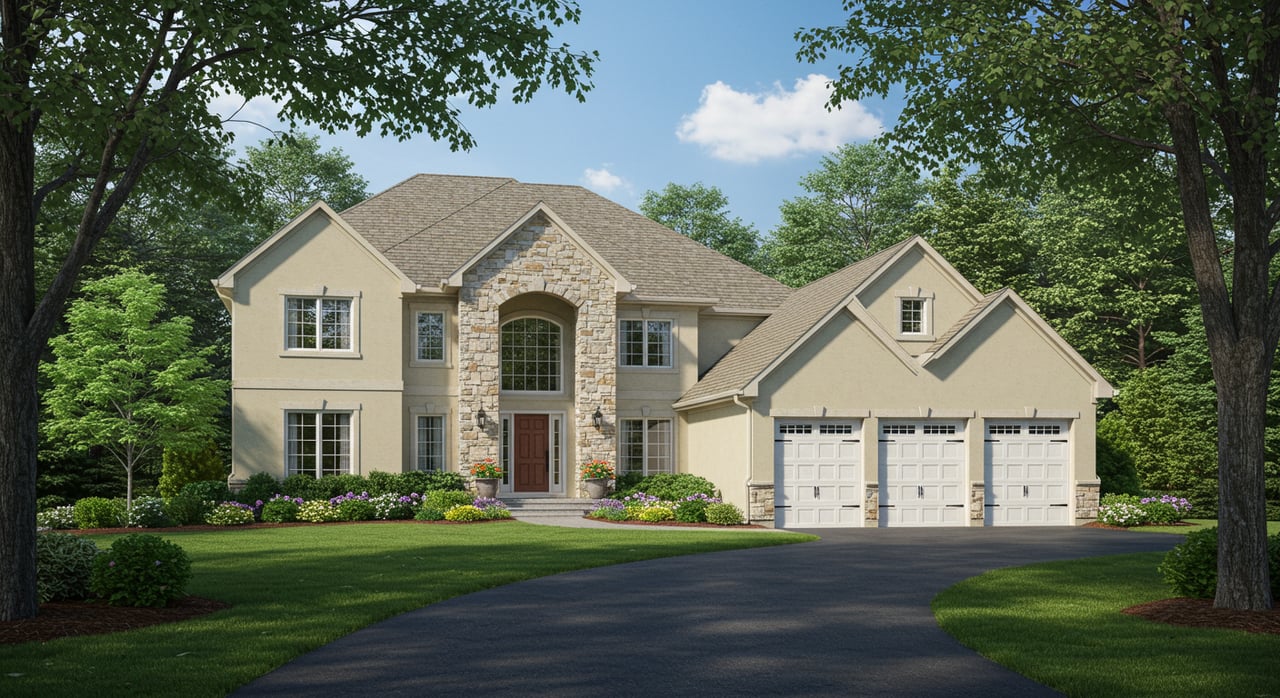
St. Paul on a Budget: Hacks for Finding Affordable Housing
Affordable Living in St. Paul: Cost-Saving Tips for Budget-Conscious Homebuyers.
Read More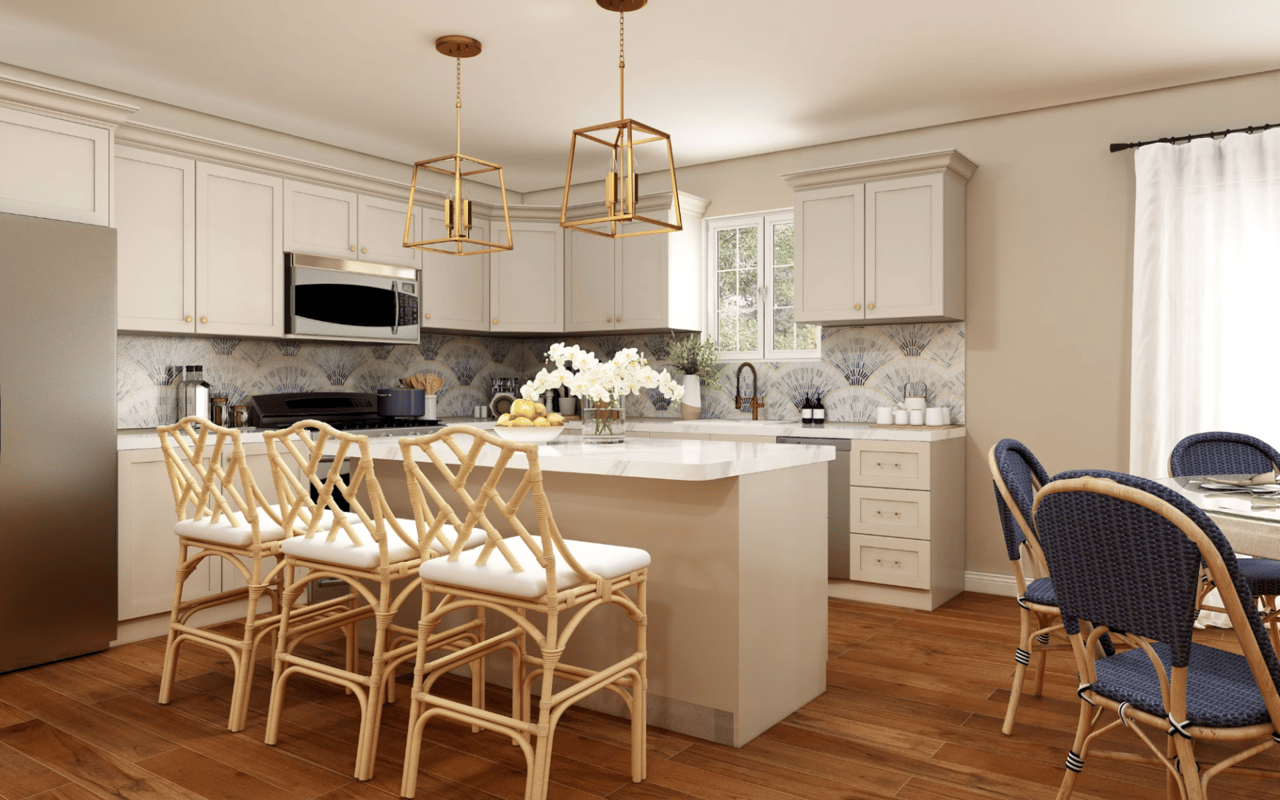
St. Paul, MN, Through the Seasons: Home Maintenance Tips
Essential Care to Keep Your Home in Top Shape Year-Round.
Read More
Retail Therapy Heaven: St. Paul Homes Near Shopping Districts & Boutiques
Discover the Best St. Paul Neighborhoods for Shopping Enthusiasts.
Read More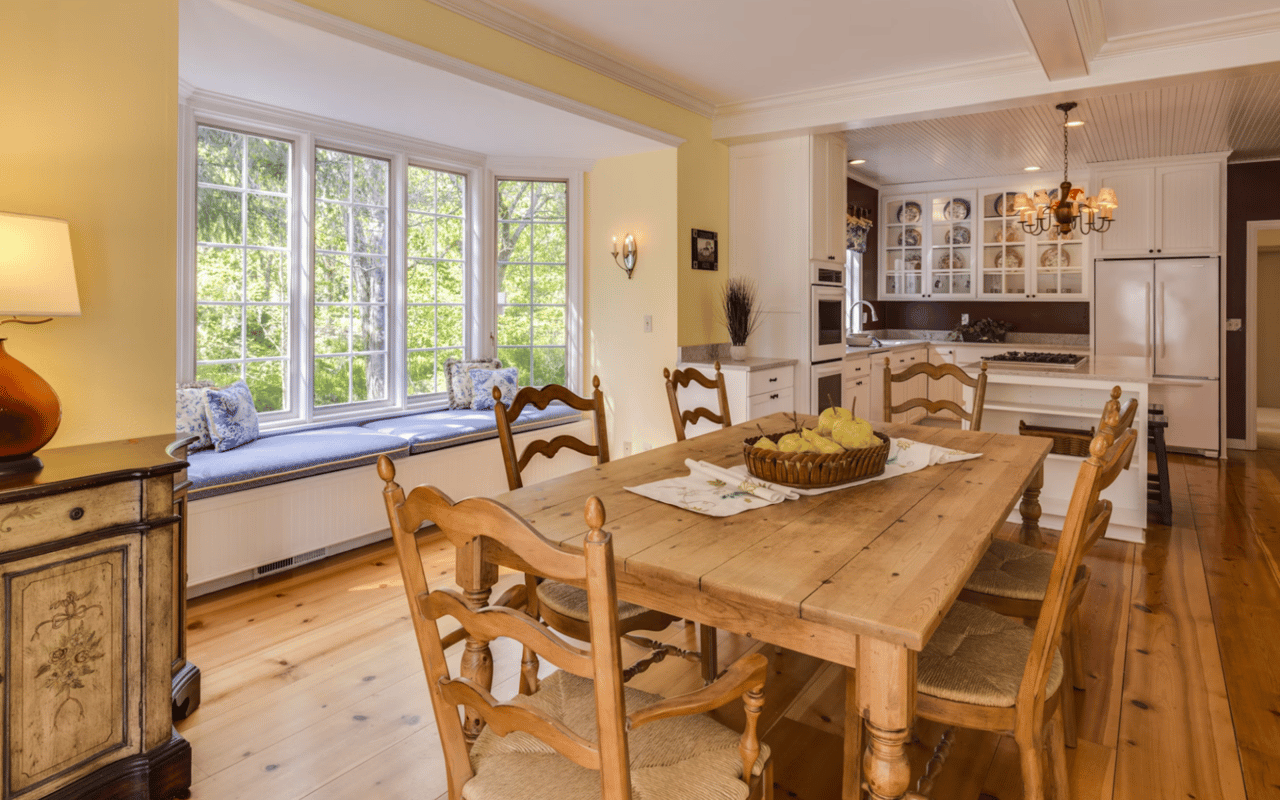
Everything You Need to Know About Moving to Mendota Heights, MN
Your Guide to Living in One of Minnesota’s Most Desirable Communities.
Read More
Embrace the Arts: St. Paul Homes Near Theaters & Performance Venues
Your front-row seat to a thriving arts scene.
Read More
Buying a Home in St. Paul, MN
Essential Insights for Making the Right Move in the Heart of the Midwest.
Read More
Work from Home Bliss: How to Find St. Paul Homes with Dedicated Workspaces
Discover the Ideal St. Paul Home to Boost Your Remote Work Productivity.
Read More
Unleash Your Inner Artist: St. Paul's Top Live/Work Spaces for Creatives
Discover the Perfect Creative Spaces for Living and Working.
Read More
The History Buff's Dream: St. Paul's Architectural Gems & Historic Districts
Exploring St. Paul's Rich Architectural Heritage.
Read More
St. Paul's Art Scene: Homes Near Galleries & Cultural Hubs
Where creativity meets community.
Read More
Senior Living Options: St. Paul's Active Communities for Retirees
Exploring Top Senior Living Communities in St. Paul, MN.
Read More
Pet-Friendly Living: How To Make Your St. Paul Homes & Apartments A Haven for Furr...
Transform Your Space into a Dog-Friendly and Cat-Friendly Sanctuary.
Read More
Live Like a Local: St. Paul Homes Near Farmers Markets & Community Gardens
Exploring the best farmers markets and community gardens in St. Paul.
Read More
Investing in the Future: St. Paul's Student Housing Market
Explore the Opportunities in St. Paul's Growing Student Housing Market.
Read More
Family-Friendly Fun: St. Paul Homes with Top-Rated Schools & Parks
Discover the perfect community: St. Paul homes near outstanding amenities for fami...
Read More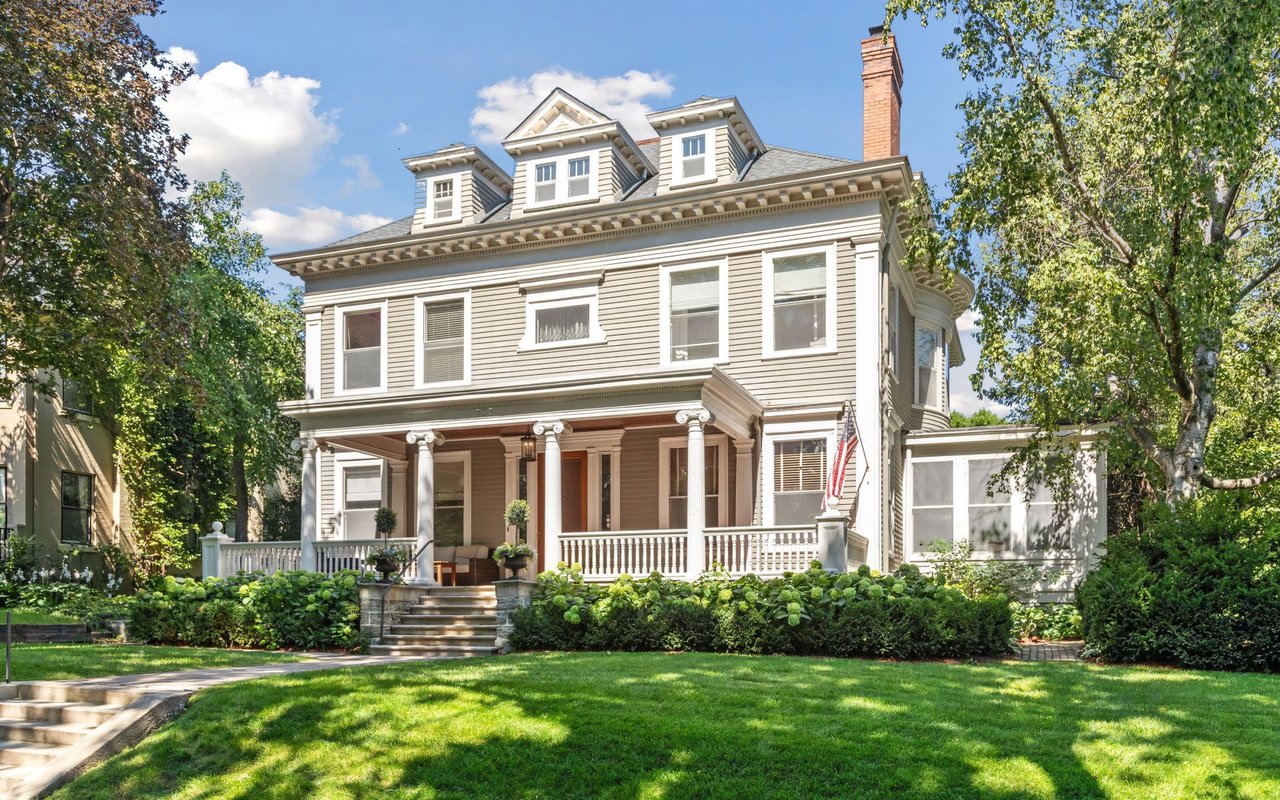
Embrace the Outdoors: St. Paul Homes with Easy Access to Nature
Discover St. Paul’s Connection to the Great Outdoors.
Read More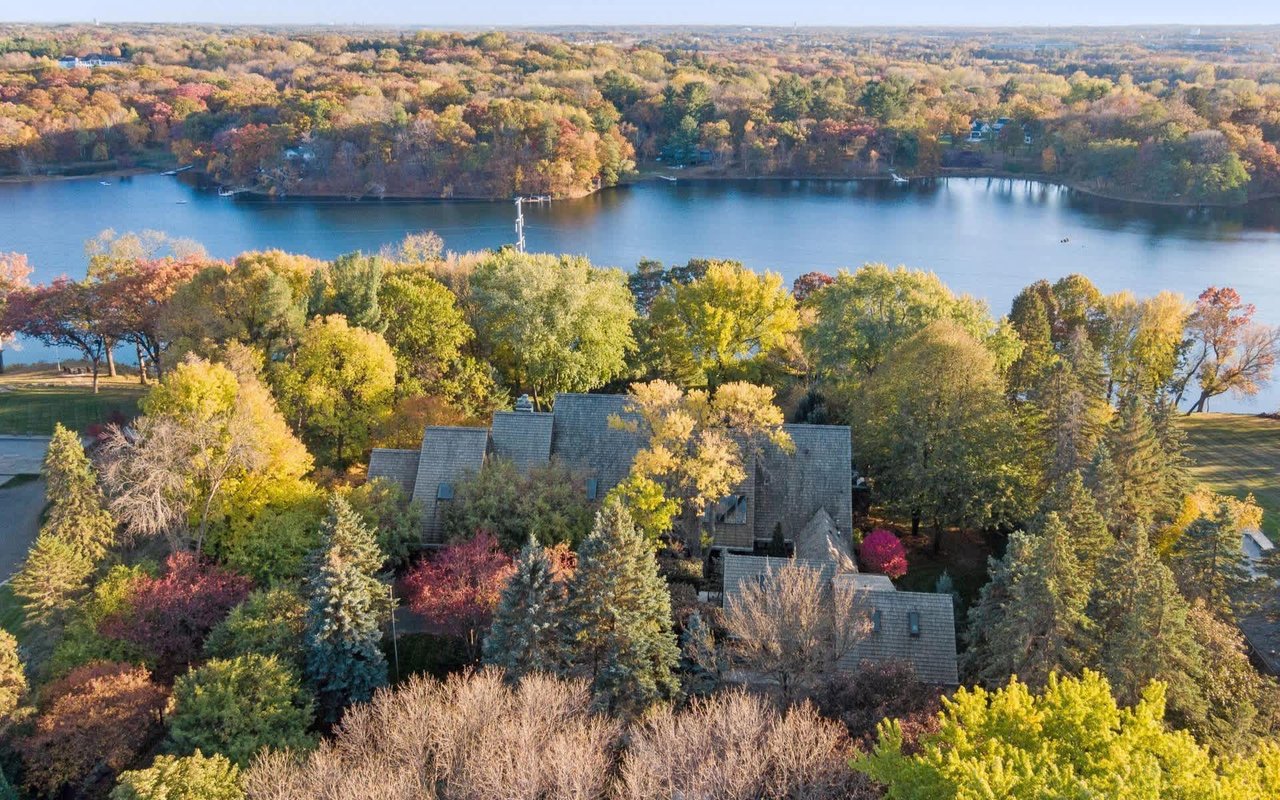
Embrace the Outdoors: St. Paul Homes with Stunning River Views
Find Serenity by the Water: Discovering Homes in St. Paul with Breathtaking River ...
Read More
St. Paul's Foodie Paradise: Homes Near Vibrant Restaurants & Breweries
Discover the best food spots and breweries for a pick-me-up brunch or late-night d...
Read More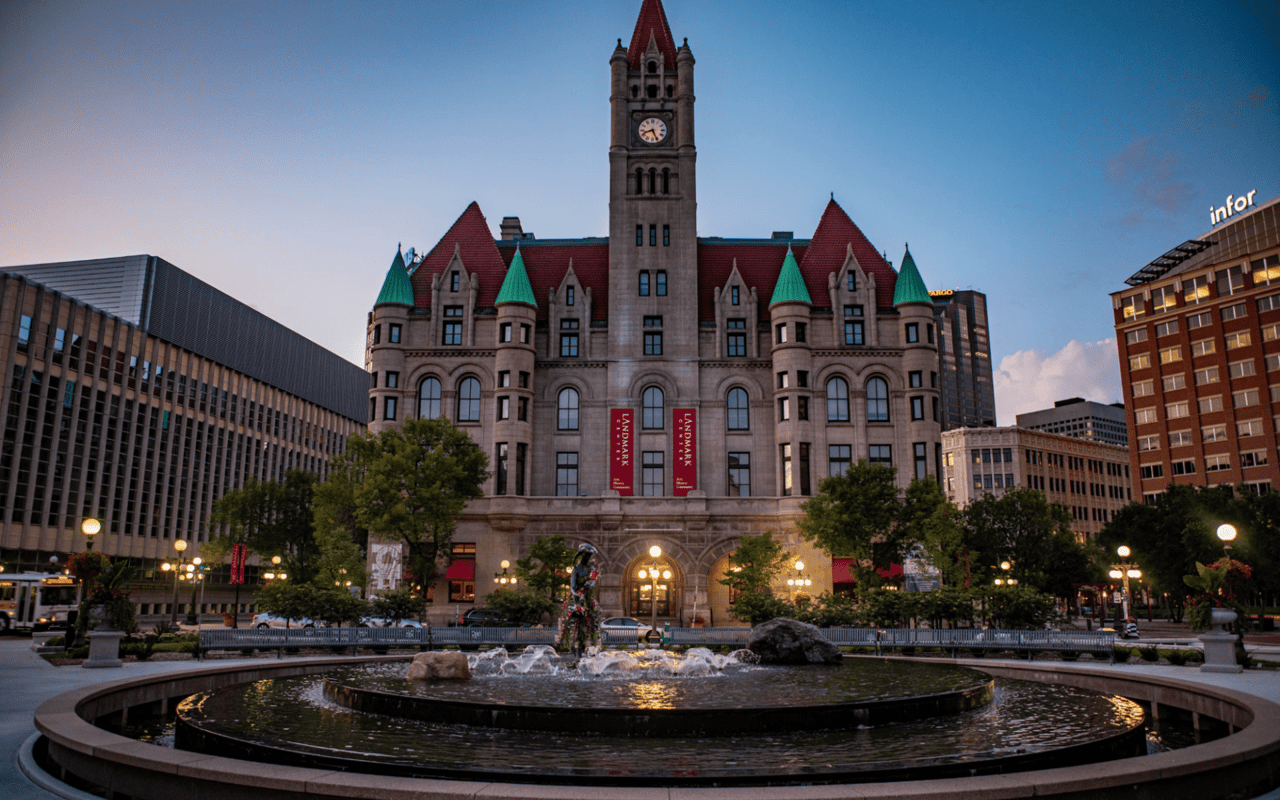
Unveiling St. Paul's Hidden Gems: Charming Neighborhoods for a Budget
Exploring the Affordable Enclaves of St. Paul.
Read More
Sunfish Lake Housing Market Prices, Trends & Forecasts 2023
A comprehensive 2023 market analysis of Sunfish Lake real estate.
Read More
The Art of Downsizing: Finding the Perfect Small Space in St. Paul
Crafting Your Urban Haven: Navigating the Small Space Landscape in St. Paul.
Read More
Things to Do in Sunfish Lake
Sparkling waters, delightful streets, and lakeside fun for all.
Read More
Selling a Home in Saint Paul
Here’s everything you need to do to get your Saint Paul home market-ready.
Read More
When is The Best Time To Sell A House?
This guide will tell you everything you need to know.
Read More